
HOSTS- Jeremy Burns, Matthew Scott Phillips
TYPE- Theory
DURATION- 36:36
BUMPER MUSIC- "Minor Differences" (Area 47 Music)
ANNOUNCER- Mike Cunliffe
This episode is all about the minor scale. We will discuss minor key signatures and how to identify them by using the order of sharps or flats and a few other tricks we picked up along the way. We will discuss the circle of fifths, as it applies to the minor keys. Finally, we will discuss the three main types of minor scales: natural, harmonic, and melodic.
THE MAJOR SCALE
C MAJOR SCALE PATTERN (keyboard)

C MAJOR SCALE PATTERN (notation)

THE MINOR SCALE
A MINOR SCALE PATTERN (keyboard)
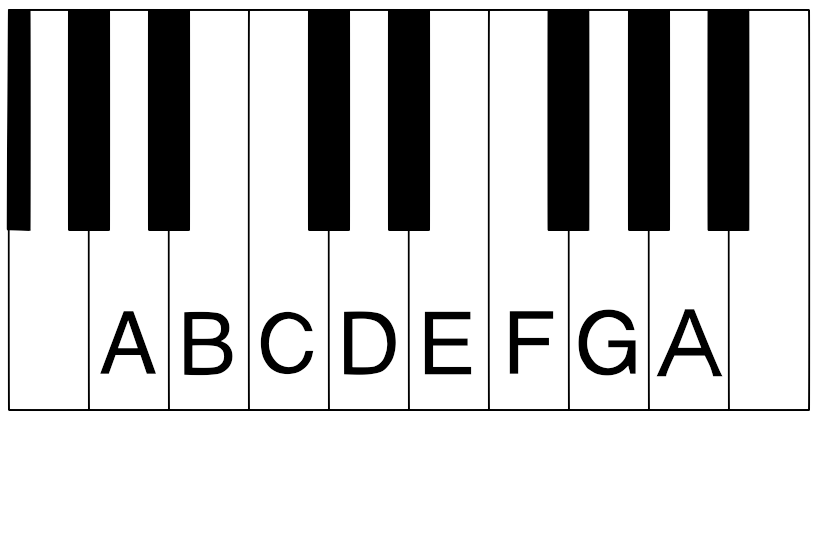
Just like C major, A minor consists of all the white keys on the piano (no sharps or flats). Just like C major (for the major key signatures), A minor will be considered our staring point (0) in the order of sharps and flats.
A MINOR SCALE PATTERN (notation)
Notice there are no sharps or flats in the key signature of the A minor scale (shown below).

IDENTIFYING MINOR KEY SIGNATURES
CIRCLE OF FIFTHS FOR MINOR KEYS
You may recognize this graphic from Ep. 05-Major Scales and Key Signatures. This time, we are going to focus on the inner set of keys, starting with "a" (lower case letters).
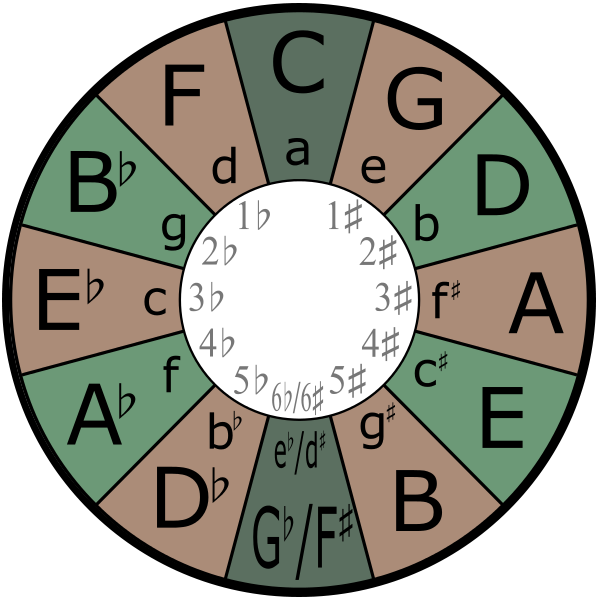
THE ORDER OF SHARPS
(on the right side of the circle)
-The A minor key signature, "a" on the circle, has no sharps or flats.
-Go up a 5th from that point. So, count up from A:
(1) A (2) B (3) C (4) D (5) E
-We landed on the E note.
-Count up the E major scale to the 2nd note: (1) E (2) F
-Sharpen that note (F becomes F#).
-So the E minor key signature has one sharp (F#).
-Each time you go up a 5th, from your new note, you add one sharp to the 2nd
scale note from that new note.
-This will reveal the next note to sharpen, in the order of sharps, and add one more
sharp to the new key signature.
HERE'S A BEAUTIFUL THING!
The order of sharps AND the order of flats is the SAME for minor keys as it is for major keys:
Order of Sharps: F C G D A E B
Order of Flats: B E A D G C F
RELATIVE RELATIONSHIPS
Notice the 2 key signatures below are the same. There are no sharps or flats.
C MAJOR A MINOR
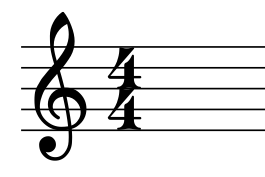

These two keys have a RELATIVE relationship.
So A MINOR is the relative minor key to
C MAJOR
HOW TO TELL THE DIFFERENCE BETWEEN A MAJOR KEY AND IT'S RELATIVE MINOR
The two key signatures below, G MAJOR and E MINOR,
both have 1 sharp.
G MAJOR E MINOR
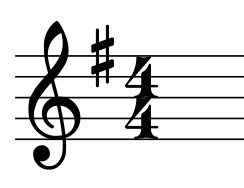

If the composer names this piece, based on it's key ("Prelude in G" or
"Rhapsody in E minor", for example), then problem solved!
If not, you can usually find your answer by examining the first few measures.
Check out the melody below:

1. Find out if a majority of the notes in the first few measures are mainly
based on the: G MAJOR TRIAD (GBD) or the, E MINOR TRIAD (EGB)
2. Check the DOWNBEAT (beats 1 and 3, in 4/4 meter). Do the notes that fall
on the downbeats mainly come from the G MAJOR TRIAD or the E MINOR
TRIAD?
3. Check the CADENCE, the end of the PHRASE. What chord progression is
implied by the melody and it's harmonies?

1. The notes are primarily those of the G MAJOR TRIAD (GBD), with the
exception of the "A" note on BEAT 2 of the 1st measure.
2. That "A" note is on a weak beat. You will see that beats 1 and 3, the
stronger beats, are occupied by the notes of the G MAJOR TRIAD in both
measures. The first note in measure 1 is a "G". The last note in measure
2 is a "G".
3. At the end of measure 2, otherwise known as the CADENCE of the phrase, the "D" note resolves to a "G". This implies a V to I resolution in the key of G MAJOR.
All of these factors, based merely on examining the music, are leading us to conclude that we are in the key of G MAJOR for the above melody.
HOW TO FIND THE RELATIVE MINOR OF A MAJOR SCALE OR KEY
BY COUNTING DOWN
Count down a MINOR 3rd from the tonic of the MAJOR key at hand. The note you land on will be the tonic of it's RELATIVE MINOR key.
For example, to find the RELATIVE MINOR of
F MAJOR:
-Start on the tonic, or scale degree #1 ("F").
-Count down a MINOR 3rd, or 3 half steps, from that "F" note and you will land
on "D".
-This note, "D", will be the tonic of the RELATIVE MINOR of the major key at
hand, F MAJOR.
We now know that D MINOR is the
RELATIVE MINOR of the key, F MAJOR.
BY COUNTING UP
Count up a MAJOR 6th from the tonic of the major key at hand.
The note you land on will be the tonic of it's RELATIVE MINOR key.
For example, to find the RELATIVE MINOR of
F MAJOR:
-Start on the tonic, or scale degree #1 ("F").
-Count up a MAJOR 6th, or 9 half steps, from that "F" note and you will land
on "D".
-This note, "D", will be the tonic of the RELATIVE MINOR of the major key at
hand, F MAJOR.
We now know that D MINOR is the RELATIVE MINOR key of F MAJOR.
Counting UP is a bit more risky than counting DOWN, while trying to find the RELATIVE MINOR of a MAJOR KEY. This is because it involves a greater distance that we must calculate.
HOW TO FIND THE RELATIVE MAJOR OF A MINOR SCALE OR KEY
BY COUNTING UP
Count up a MINOR 3rd from the tonic of the MINOR key at hand. The note you land on will be the tonic of it's RELATIVE MAJOR key.
BY COUNTING DOWN
Count down a MAJOR 6th from the tonic of the major key at hand. The note you land on will be the tonic of it's RELATIVE MINOR.
In the case of finding relative majors, counting DOWN is a bit more risky than counting UP because it involves a greater distance to calculate.
IDENTIFYING MINOR KEY SIGNATURES
OBSERVING THE KEY SIGNATURE
(The figuring used in the following methods is strictly intended for identifying MINOR key signatures)
MAJOR KEY ASSOCIATION
-Observe the key signature. This one has 3 sharps.
-A MAJOR has 3 sharps.
-Start at "A" and count down 3 steps (minor 3rd).
-We land on F#, the root of the RELATIVE MINOR.
We now know we are in F# MINOR
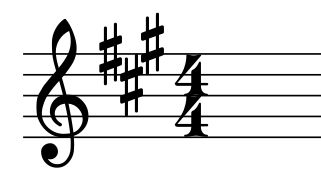
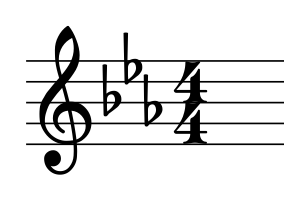
LAST SHARP METHOD
-Observe the key signature. This one has 1 sharp.
-The last sharp, from left to right, is "F#".
-Start at "F#" and count down a MAJOR 2rd, 2 half steps.
-We land on "E", the root of the MINOR scale in question.
We now know we are in E MINOR

PARALLEL RELATIONSHIPS
When two keys have the same tonic but one is MAJOR and the other is MINOR, they are said to have a PARALLEL relationship. For example, below, we have the A MAJOR and the A MINOR key signatures. These keys have a PARALLEL relationship with each other.
A MAJOR A MINOR


3 TYPES OF MINOR SCALES
NATURAL MINOR
The major scale with scale steps 3, 6 and 7 flatted, ascending and descending.

HARMONIC MINOR
The major scale with scale steps 3 and 6 flatted and 7 natural, ascending and descending.

MELODIC MINOR
The major scale with scale step 3 flatted and 6 and 7 natural while ascending. Scale steps 3, 6 and 7 are flatted while descending

- Keys that are said to have a RELATIVE relationship share the same KEY SIGNATURE, though one may be major and one minor.
-Keys that are said to have a PARALLEL relationship share the same TONIC, though one may be major and one minor.
-The order of sharps (F-C-G-D-A-E-B) and the order of flats (B-E-A-D-G-C-F) remain the same for both major keys and minor keys.
-When trying to find a RELATIVE MAJOR of a minor key, count UP 3 half steps and change the letter names of the scale degrees twice.
-When trying to find a RELATIVE MINOR of a major key, count DOWN 3 half steps and change the letter names of the scale degrees twice.
-There are 3 main types of minor scales: natural, harmonic and melodic.
-The melodic minor scale is unique from the others because it is different when descending compared to ascending.

